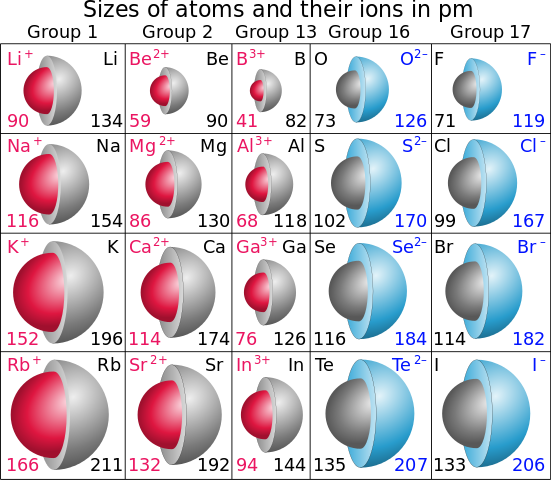The size of the 1s orbital in $\ce{Li+}$ and $\ce{Al^3+}$ is not necessarily the same. In fact, they are quite different because of the much larger effective nuclear charge in $\ce{Al^3+}$. One can easily look up the wavefunction for the 1s orbital and see the radial dependence on $Z_\mathrm{eff}$.
Therefore, merely looking at the electronic configuration cannot tell you anything about the size. If that was the case then one would expect $\ce{Cl-}$ and $\ce{K+}$ to have exactly the same size, which is clearly not true.
All the answers says that $\ce{Mg^{2+}}$ is above $\ce{Ca^{2+}}$, thus it has a smaller radius. By applying the exactly same logic i can say $\ce{Li+}$ is above $\ce{Al^{3+}}$ so it must have less ionic radius but that is not the case
You are missing the point here entirely. Mg and Ca are in the same group which is what makes them directly comparable. Li is not "above" Al any more than F is above Na.
I think it is because of diagonal relationship. As $\ce{Mg^{2+}} = \ce{Li+}$ because of diagonal relationship and $\ce{Mg^{2+}} \gt \ce{Al^{3+}}$ because ionic radius decreases for cations along the period by going left to right.
The diagonal relationship is something that is observed, not a fundamental principle of chemistry. It still has to be rationalised. Saying that it is "because of the diagonal relationship" is akin to saying "electrons move very fast because they have a high velocity".
The diagonal relationship holds because 1) you add an extra shell of electrons going vertically from $\ce{Li+}$ to $\ce{Na+}$, which decreases $Z_\mathrm{eff}$ and increases ionic radius; and 2) you go horizontally from $\ce{Na+}$ to $\ce{Mg^2+}$, which increases $Z_\mathrm{eff}$ (same number of electrons but one more proton) and decreases ionic radius.
Going one more step horizontally to $\ce{Al^3+}$, one can see that $Z_\mathrm{eff}$ should increase again. So your thoughts on the matter are correct, but they just do not get to the crux of the matter.
The origin of the much smaller ionic radius of $\ce{Al^3+}$ is therefore directly attributable to the much larger $Z_\mathrm{eff}$ in $\ce{Al^3+}$ on the 2p valence electrons, compared to that on the 1s valence electrons in $\ce{Li+}$.
Be careful that the ionic radius is not always particularly well-defined and the values can vary from one source to another depending on how they are experimentally obtained.

